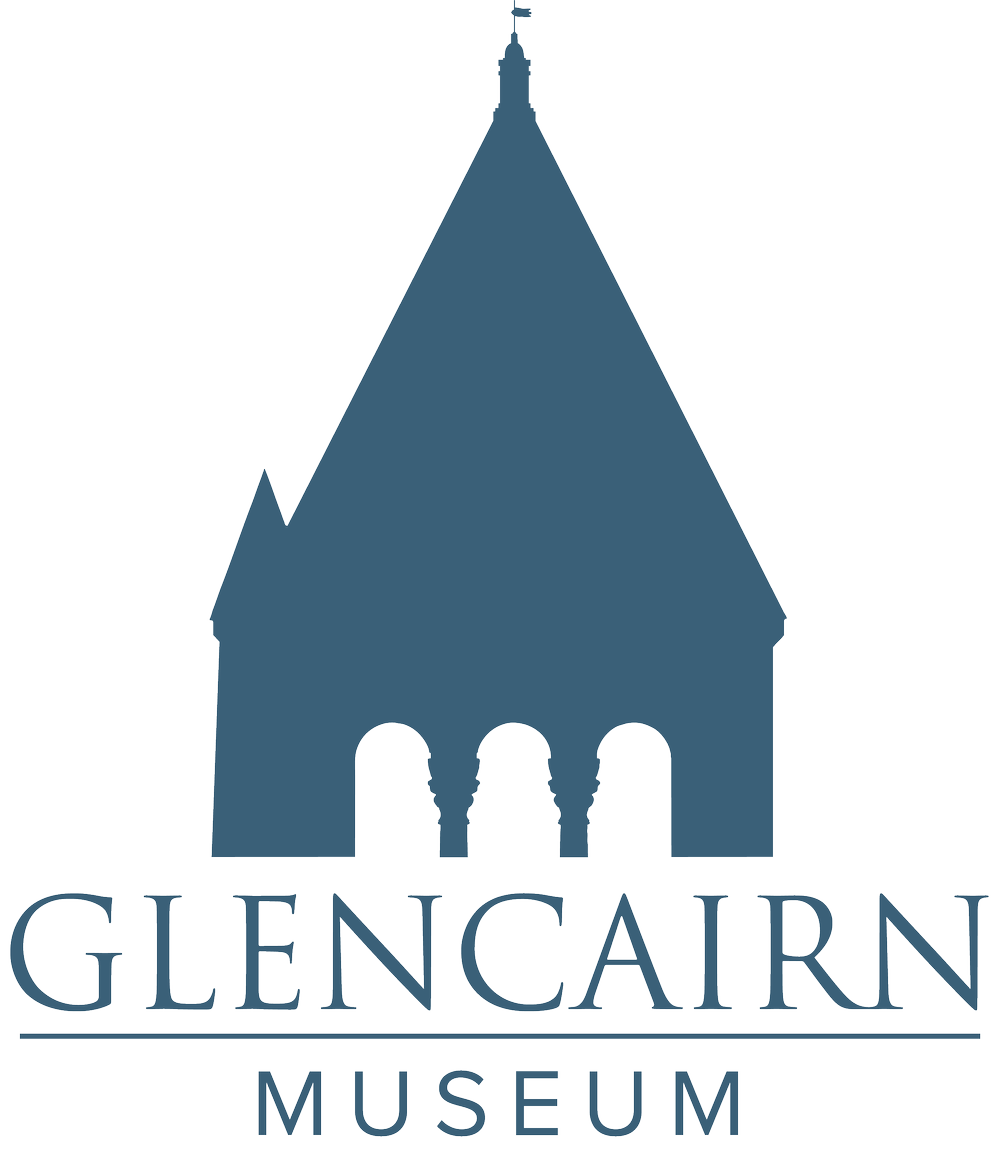Number 1, 2016
The biblical story of the Flight into Egypt recounts how Joseph took Jesus and Mary to Egypt after an angel warned him in a dream that Herod was planning to kill the Christ Child (Gospel of Matthew 2:13-15). Glencairn’s 12th-century panel of stained glass depicting this event, from the Abbey Church of Saint-Denis, may be the Museum’s most famous work of art—but this was not always the case.
Read MoreNumber 12, 2015
This year Glencairn Museum is featuring two exhibitions during the holiday season. Christmas Traditions in Many Lands reveals how Christmas was celebrated in a variety of European countries during the 19th and 20th centuries. It features objects and images from the collection of the National Christmas Center and Museum. Our seventh annual World Nativities exhibition presents 45 three-dimensional Nativity scenes, collected from around the world.
Read MoreNumber 11, 2015
This year Glencairn is featuring two exhibitions during the holiday season. As part of the seventh annual World Nativities exhibition, Glencairn is presenting a unique creation by Navidad Nativities of Bucks County, PA. This custom Nativity setting, with stunning interior lighting, was inspired by the art and architecture of Bryn Athyn Cathedral and Glencairn. The human and animal figures were hand carved in wood and dressed in starched fabric by Original Heide, a family business in the Italian Alps. The second exhibition, Christmas Traditions in Many Lands, reveals how Christmas was celebrated in a variety of European countries during the 19th and 20th centuries, and features objects and images from the collection of the National Christmas Center and Museum in Lancaster, PA.
Read MoreNumber 10, 2015
The construction of Bryn Athyn Cathedral began in 1913. With many masons and sculptors hard at work, its rising walls soon began to dominate the local skyline. At this time Raymond Pitcairn, who was supervising the building’s design and construction, turned his attention to the stained glass windows he hoped would illuminate the Cathedral’s interior. Pitcairn, who had loved medieval architecture since childhood, was determined to match the textures and brilliant colors of the stained glass windows in the walls of the great European cathedrals built during the twelfth and thirteenth centuries.
Read MoreNumber 9, 2015
In this essay for Glencairn Museum News, Dr. Julia Perratore, Mellon Curatorial Fellow at the Metropolitan Museum of Art, explains a remarkable twelfth-century capital in Glencairn’s Medieval Gallery that most people pass by without a second glance. At first, this limestone sculpture seems to represent a mere tangle of vines and other vegetation. However, as Dr. Perratore observes, “often a seemingly straightforward work of art yields real surprises, turning the simple act of looking into an adventure.”
Read MoreNumber 8, 2015
The Egyptian collection at Glencairn Museum, established in 1878, was assembled primarily by four men: the Reverend William Henry Benade (a Christian pastor, and later a bishop), John Pitcairn and his son Raymond (industrialists and philanthropists), and Rodolfo Vittorio Lanzone (an Italian Egyptologist and collector of antiquities). Benade and Pitcairn had earlier been instrumental in founding the Academy of the New Church, then located on Cherry Street in Philadelphia. Benade and Pitcairn were not present to witness the long-anticipated opening of the Academy in September of 1877, as the previous June they had boarded the White Star Liner Germanic, bound for an extended tour of Europe, Egypt and the Holy Land.
Read MoreNumber 7, 2015
Since Glencairn Museum News is published on Facebook, Twitter, and Tumblr, as well as via email, we decided it was high time to publish an article about cats! Glencairn’s Egyptian collection includes images of cats in bronze, stone, faience and other materials. In this essay, Dr. Jennifer Houser Wegner, Associate Curator in the Egyptian Section of the Penn Museum (University of Pennsylvania), explains the role of "cats, lions, and fabulous felines" in ancient Egyptian life.
Photo: A bronze votive statuette of a seated cat in Glencairn Museum’s Egyptian collection.
Read MoreNumber 6, 2015
Miss America 1967, Jayne Jayroe, visited Glencairn, where she was photographed with one of the Pitcairn family’s most beloved works of medieval sculpture: a tall, well-dressed woman of royal status who once surely rivaled her in style and elegance. This meeting of beauty queens, separated in time by 800 years, brought together two women representing the ideals of grace and refinement of their eras. Yet while shows like Mad Men have kept the styles of the 1960s current today, those of the 1160s can be more difficult to grasp. In this essay for Glencairn Museum News, Dr. Julia Perratore, Mellon Curatorial Fellow at the Metropolitan Museum of Art, explains the twelfth-century ideals this remarkable sculpture represents.
Read MoreNumber 5, 2015
Recently Warren Holzman, a nationally-renowned blacksmith, was interviewed by Rebecca Gyllenhaal, student-editor of Bryn Athyn College’s Pythia: A Journal of Arts, Literature, and Spirituality(The interview below is an expanded version of the one that appears in Pythia.) Warren teaches metal forging at Bryn Athyn College, and has designed and created new metalwork for Glencairn Museum and Bryn Athyn Cathedral. He has called the metalwork and other craftwork in these buildings, “the wonderful gift that Bryn Athyn has given to the world.”
Read MoreNumber 4, 2015
Marc Chagall (1887–1985) has been called the quintessential Jewish artist of the 20th century, and one of the foremost visual interpreters of the Bible. He was born in Vitebsk, Belarus, into a traditional Hasidic Jewish family. According to Chagall, “Since my early youth I have been fascinated by the Bible. It has always seemed to me and it seems to me still that it is the greatest source of poetry of all time. Since then I have sought this reflection in life and in art. The Bible is like an echo of nature and this secret I have tried to transmit.”
Read More